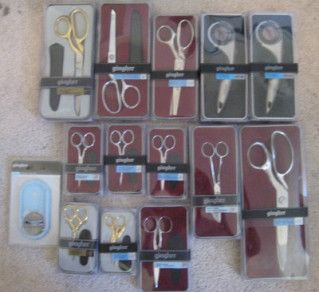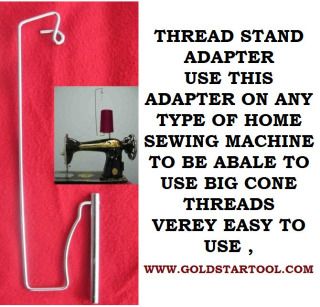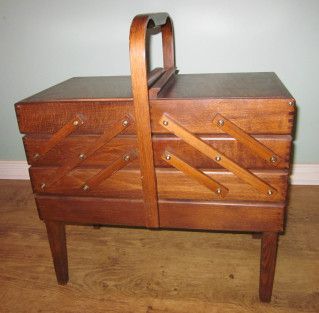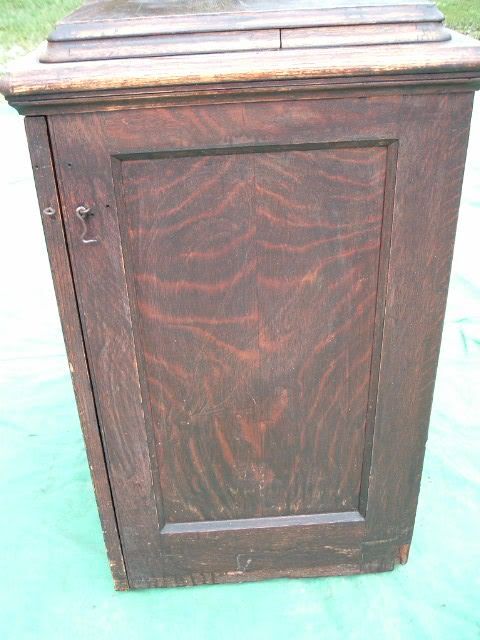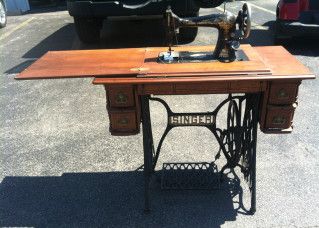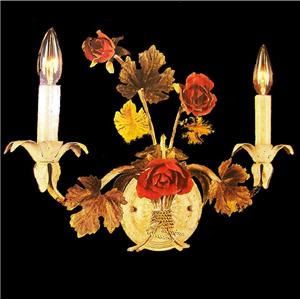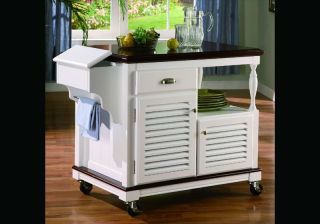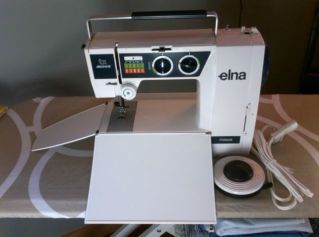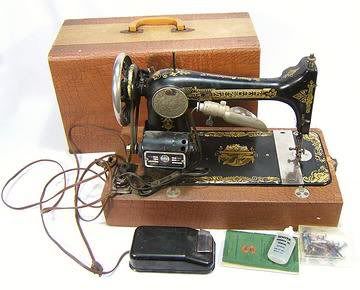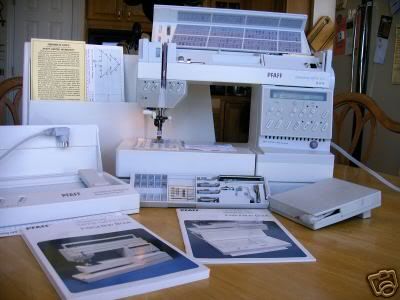You will always have a easier task when you use excellent quality tools designed to do the job. This will make the difference between enjoying sewing and dreading the task. I consider my sewing tools to be as important as my treasured high quality vintage sewing machines and I take good care of them.
Simflex Ruler - to divide areas evenly - cause I hate math!
Applique Sharp Needles from Clover:
sizes 9-12 - perfect size here for most hand sewing uses
Wearable Pin or Wrist Cushion Turquoise Collins:
Color: Turquoise Size: 2 1/2" diameter This handy wearable Pin Cushion has a jewelry style pin back. It easily attaches to your clothing for a cute, wearable pin cushion that is also functional. Pin one to your tote bag or project case, or to a pillow or armchair cover while hand sewing. Attach ribbons and charms to the pin for a fun and festive touch. Great gift or stocking stuffer! These flower pin cushions always make me smile.
Collins Pin Cushion Design Wall Assorted:
Design Wall Assorted- cushion has a loop on the back so it can be easily be hung from your design wall, cabinet door knob or quilting frame. Also can be sit on any flat surface. Great for keeping all your pins handy while you work. Comes in assorted colors.
Point Turner:
simple tool to safely push out corners once you turn something right side out
my favorite needles that will cover most any type of need based on fabric and threads. SCHMETZ is internationally known as the finest sewing machine needle manufacturer in the world. Sewers everywhere count on the quality of their products. Your choice of high quality sewing machine needles can result in the same high quality of maintaining smooth, even stitches in your work. SCHMETZ makes a variety of needles created especially to do particular sewing jobs very well. What many sewers don’t know is how to choose the correct type and size of needle for the work that they are doing. It is crucial to choose the correct needle to complement your thread choice and the kind of sewing work that you are doing.
Most sewers don’t have any idea how to choose the correct sewing machine needle for their specific thread and project. Most just continue to use the needle that came in their machine until it breaks. Sewing machine needles are not indestructible . . . they will not last forever. The points get dull from repeated use and the shaft may get bent from hitting pins in the fabric. A general rule of thumb is to replace the needle after eight (8) hours of use and at the beginning of each project. Each time you buy thread or fabric you should be asking yourself what kind of needle will work best with the project you have in mind. Here’s what you need to know. Choose your needle size based on the type and weight of thread that is being used as well as the fabric that is being sewn. The goal is to have the needle slide easily through the fabric without damaging the fibers or creating too large of a hole, and to carry the thread smoothly without damaging it when sewing.
Each package of SCHMETZ needles has European and U.S. size equivalents written at the very bottom of the front of the plastic case. Typically they range from 8/60 (the finest) to 20/120 (the largest). This number, indicating the size, will help determine the suitability of the needles to the fabric, thread size and the kind of sewing being done. In general, the finer the thread and the finer the fabric that is being sewn, the finer the needle should be. Each package has the name of the needle it contains. These names can help you choose the right type of needle for the work you are about to do (i.e., "Universal," "Quilting," "Sharp," "Metallic," "Topstitch," "Embroidery," etc.). Each type of needle is made for a particular job and should be chosen according to the type of fabric and thread used. Use an 80/12 universal for light to medium cotton,linen, wool or polyester and an 90/14 universal for medium to heaver cotton,linen wool or polyester and a lghter weight denim.
Most sewers don’t have any idea how to choose the correct sewing machine needle for their specific thread and project. Most just continue to use the needle that came in their machine until it breaks. Sewing machine needles are not indestructible . . . they will not last forever. The points get dull from repeated use and the shaft may get bent from hitting pins in the fabric. A general rule of thumb is to replace the needle after eight (8) hours of use and at the beginning of each project. Each time you buy thread or fabric you should be asking yourself what kind of needle will work best with the project you have in mind. Here’s what you need to know. Choose your needle size based on the type and weight of thread that is being used as well as the fabric that is being sewn. The goal is to have the needle slide easily through the fabric without damaging the fibers or creating too large of a hole, and to carry the thread smoothly without damaging it when sewing.
Each package of SCHMETZ needles has European and U.S. size equivalents written at the very bottom of the front of the plastic case. Typically they range from 8/60 (the finest) to 20/120 (the largest). This number, indicating the size, will help determine the suitability of the needles to the fabric, thread size and the kind of sewing being done. In general, the finer the thread and the finer the fabric that is being sewn, the finer the needle should be. Each package has the name of the needle it contains. These names can help you choose the right type of needle for the work you are about to do (i.e., "Universal," "Quilting," "Sharp," "Metallic," "Topstitch," "Embroidery," etc.). Each type of needle is made for a particular job and should be chosen according to the type of fabric and thread used. Use an 80/12 universal for light to medium cotton,linen, wool or polyester and an 90/14 universal for medium to heaver cotton,linen wool or polyester and a lghter weight denim.
A home sewer needs three pairs of scissors: one pair of quality scissors or dressmaker's shears that are for cutting fabric only, one pair of general purpose scissors for cutting patterns and trims, and one pair of small scissors for cutting details, trimming threads, clipping seams, and other close work.
Gingher Seam Ripper:Gingher's seam ripper features a razor edged cutting blade that safely retracts when not in use. The handle is ergonomically balanced to provide the user with fine cutting control in numerous positions. This tool is beautifully finished with chrome over nickel and comes in its own storage box. With proper use and care, the blade should last a lifetime and is covered by Gingher's guarantee.
Gingher Thread Clippers:
save time by not having to get your fingers into holes of a scissors just to clip threads. These Gingher scissors are my favorite stitching scissors to take on the go. They are the quality made German Gingher brand, and feature a lightweight black nylon frame and sharp tipped stainless steel blades. They have a protective cap with a loop hole that you can thread and wear around your neck. How convenient is that!!!! Now they won't be misplaced. I actually own several pairs....one for my classroom sewing, box, and another for my carousel organizer -- handy to grab. Then there is my back up pair. The phrase "too many scissors" doesn't exist in my vocabulary. They are a staple for all sewers.
Gingher scissors:
small, but still large enough for quick clipping and trimming
Gingher Shears :
my favorite for cutting garments - invest in these to last a lifetime!
Gingher Pinking Shears:
especially if you don't have a serger - or until you invest in one!
Gingher Rotary Cutter 45 mm:
safe because blade only exposed with pressure exerted during use!
Gingher Pendant Needle Threader:
Part of the Gingher Designer series, this needle threader are printed in lovely patterns. Working from the back of the needle threader, hold the thread along the back and pull the thread over the top holding it tight. Insert the needle eye first into the threader, release the thread and gently push up on the lever. Release the lever and pull the threaded needle out. The needle will be naturally rotated to the right position to allow the thread to be pushed through the eye. You can wear this little threader like a pendant around your neck! So handy!
Dritz Needle Inserter and Threader:
Dritz Threaders are the perfect tools for threading needles, elastic, drawstrings and more. Machine Needle Inserter- Holds needles steady for easy insertion and removal from the machine. Ideal for specialty threads. Needle threader reduces eye strain and threads needles quickly.
Gingher Applique Scissors:
really helps (but does NOT guarantee) to not cut through the right side of fabric when trimming another layer close
A Cone thread holder adapter for standard spindle sewing machines:
Temporarily converts standard sewing machine thread spool holders to accept large thread cones.
Tweezers from Clover:
perfect for grabbing loose threads in the bobbin area especially!
Glass Head Pins from Clover:
EZ to get hold of - won't melt with iron - perfect strength, yet fine enough for silks
Bobbin Savers:
BobbinSaver holds any and all bobbins - small or large, metal or plastic - and their threads won't tangle or unwind. It is made of a flexible rubbery type plastic that will hold any size bobbin. It will even stay in place even if the ring is turned upside down, yet it is very easy to remove a bobbin by hand. Will hold around 20 large bobbins or 30 small bobbins.
Mini Megnetic Seam Guide:
Will make a perfect seam for you every time. This one is supposed to be safe for all computerized or electronic sewing machines.
Silk Organza:
the BEST for a see-thru pressing sheet, adding body as underlining or interfacing
5 in 1 Sewing Gauge from Clover by Nancy Zieman:
absolutely an amazing tool
Wrights Sidewinder Bobbin Winder:
With the touch of a button, quickly and easily fill bobbins without having to un-thread and re-thread your sewing machine. The compact size means it fits anywhere, making it great for toting to class! The SideWinder comes with a UL-approved AC power cord/adapter (included) or runs on two AA batteries (not included). Accommodates all bobbins that have a standard round center hole.
Bias Tape Maker Set:
save and get all sizes at once
Tutto Sewing Luggage - for safe transport or storage of your machines
Thread:
Protect Your Sewing Machine While Enjoying Sewing. Thread tangles and lint build up can be reduced dramatically just by changing to a better quality thread. This will prolong the life of your sewing machine and make for happy stitching. Readily available, inexpensive thread can shorten the life of a sewing machine. This is is especially true when doing a lot of sewing, such as making a quilt. In addition to high lint build up and thread tangles, lower quality thread also contributes to wear and tear on the tension mechanism.
Some manufacturers to look for when choosing high quality thread include Mettler, Guterman, and Sulky. Colors and prices can be compared on the internet, but the ultimate comparison is side by side. You may have trouble seeing or feeling the differences in individual threads. The amount of lint in your bobbin case can show the differences as well. High quality thread also means fewer tangles and less stopping for thread breaks. It's well worth a little extra time and money to learn the differences in threads. Bargain bin thread just isn't worth it. Polyester-covered cotton is a good general-use thread. However, when selecting a spool of thread for a specific project, match the thread fiber to the fabric. For example, use 100% cotton thread with cotton or wool fabric, and use 100% silk thread with silk fabric.
Measuring Tools:
You will need a dressmaker's measuring tape, a regular 12-inch ruler for measuring and marking patterns and fabric, and a sliding dressmaker's measuring tool for measuring hems and alterations.
Marking Tools:
Marking tools are used to transfer the markings of a pattern (such as darts, buttonholes, or notches) or to make alteration marks to fabric. There are many types of marking tools: chalk blocks, chalk pencils, dressmaker's carbon paper and tracing wheel, marker pens, and vanishing pens. Find one that works for you and with that particular fabric.
Ironing Tools:
Technically, you can sew items together without involving an iron in the process, but to produce professional results, you need to iron out the wrinkles of all fabrics before you begin to use them and also press all seams, darts, hems, and so on. You will need a high-quality steam iron, an ironing board, and large squares of lightweight cotton to use as press cloths between the iron and delicate fabrics. In addition, a "seam roll" and a "ham" will make your job easier. A seam roll looks like a bolster pillow and is used to press seams in sleeves and other small areas; a ham looks, well, like a ham and is used to press darts and other curved areas. If you would rather wait to purchase these items, you can make the same shapes out of one or two rolled-up towels.
A large pullout 7 compartment wooden sewing chest/box. A "must" for organizing all of your new tools!
Shark Professional Electronic Iron - G1568 This iron weighs 3 pounds and 13.4 ounces full of water, it is 12" tall, 7 ½" from the front to the back, and 5" from side to side. The hot plate on the bottom is 8-7/8" x 4 ¾" there is also 27 steam ports that are 1/8" in diameter. The overall color is silver and grey and there is a see through water reservoir between the handle and the body. This iron has a stainless steel sole plate, a rubber water inlet door, steam burst button, variable steam and a self cleaning option, an electronic temperature control, spray button, clear water level window, a cord that pivots, 4 fabric settings (linen/cotton, polyester, wool/silk, and nylon), LED temperature indicators, power light, auto-off light, anti-drip function, and a anti calcium filter.
You can also use this to give your clothes a shot of steam while they are still on the hanger. With just a push of a button a shot of steam will come out and hit your garment. There is an adjustable laver that will allow you to set the amount of steam that will come out. This iron will automatically shut off after sitting still for 7 to 9 minutes. All you will have to do is reset the iron, is by rocking it back and forth gently and it should turn back on..
The Shark comes equipped with a ten foot power cord. This has no dial that will allow you to regulate how heat is going to the hot plate, you will now see a lever on the right and left hand sides that will allow you to control these settings.
You should clean this iron about every two week to keep it working properly. This has a self cleaning setting that uses very hot steam to clean it, and you will need to do it over a sink. Keep doing this until all of the scale or water impurities are no longer present. 1600 watts of steam power.
I have my eye on a good steam cleaner/garment steamer like this one. The McCulloch MC-1275 Heavy-Duty Steam Cleaner.
Amazon.com Review Providing 1500 watts of steam power, this heavy-duty cleaner requires no chemicals and is easy to use. Ideal for cleaning and detailing cars, trucks, motorcycles, or boats, the cleaner removes stains and odors from upholstery, carpeting, and floor mats, as well as grease and grime from engines, wheels, and chrome accessories. It also works well for removing stuck-on dirt from the BBQ grill, patio furniture, or garage. The "steam ready" light indicates when the unit is ready to use, and a steam-control switch provides control over the amount of steam coming from the unit. The cleaner features a storage compartment for its 10 attachments, which include a steam jet nozzle, two extension wands, a triangle brush, an upholstery/floor brush, and a utility brush, as well as a squeegee, funnel, measuring cup, and terry cover for the floor brush. Its 12-foot power cord, caster wheels, and included accessories offer convenient mobility and make it easy to clean nooks and crannies in hard-to-reach places. The 13-pound steam cleaner has a 50-ounce water-tank capacity, which allows for one full hour of use. The unit measures 17-1/2 by 11-3/7 by 9-1/4 inches. --Catie Unger




